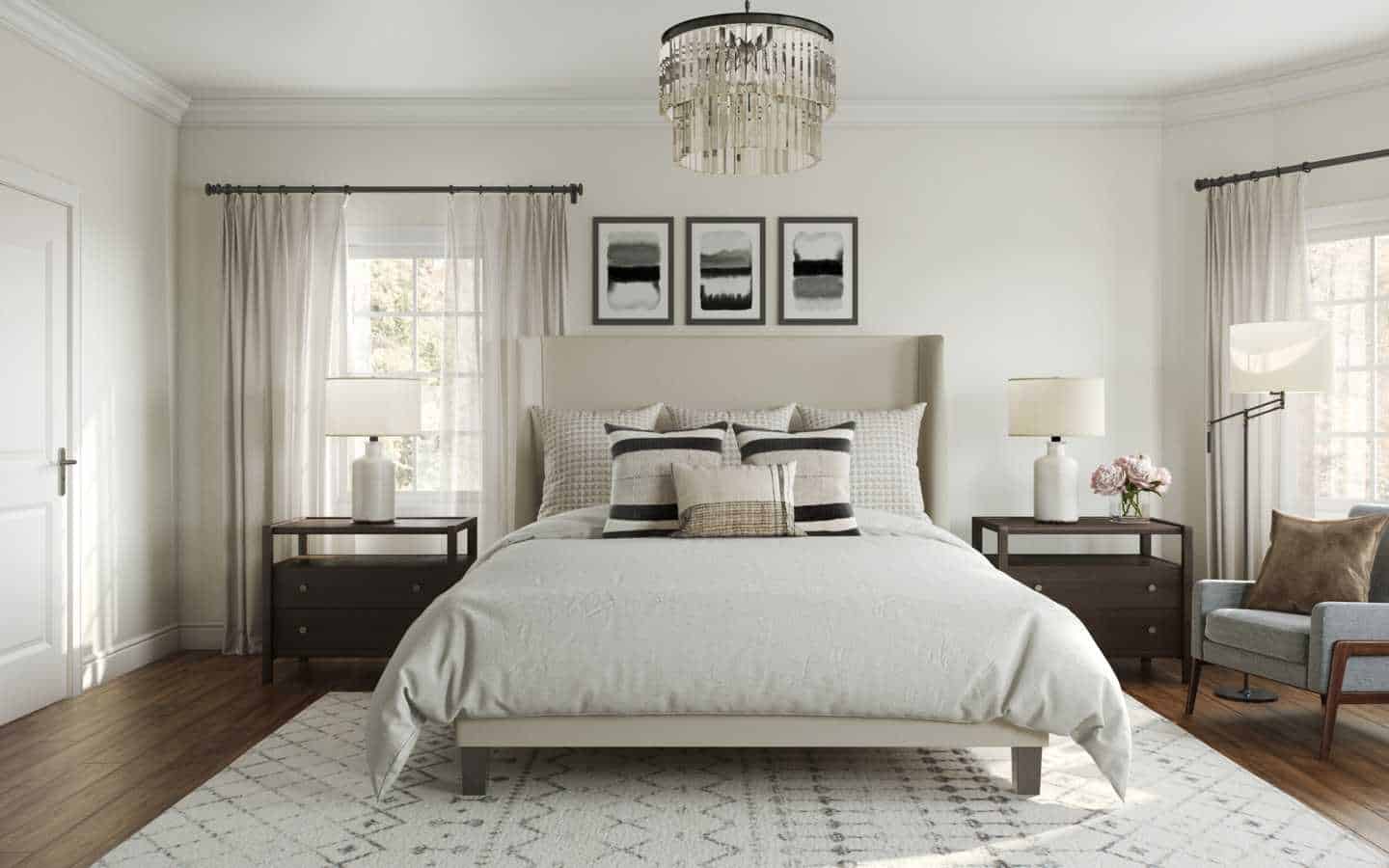Pale Oak Wall Paint: Transforming Your Space

Is your living space craving a refresh? Are you searching for a wall color that exudes warmth and sophistication without overwhelming the senses? Pale oak, a nuanced off-white paint color, is emerging as a favorite for homeowners and interior designers alike. Its subtle blend of beige and gray undertones creates a versatile backdrop that complements a wide range of decor styles. This comprehensive guide will delve into the world of pale oak wall paint, exploring its origins, benefits, and practical application.
Pale oak's understated elegance stems from its connection to nature. Evoking the serene beauty of aged oak wood, this color brings a sense of tranquility and timelessness to any room. It acts as a neutral canvas, allowing furniture and artwork to take center stage while subtly enhancing the overall aesthetic. Unlike stark white, pale oak offers a softer, more inviting atmosphere. It avoids the coldness often associated with pure white while maintaining a light and airy feel.
The history of pale oak as a paint color is intertwined with the broader trend of neutral palettes in interior design. As homeowners sought to create calming and versatile spaces, colors inspired by nature gained popularity. Pale oak emerged as a sophisticated alternative to beige, offering a more contemporary feel. Its adaptability across various design styles, from minimalist to traditional, cemented its place as a staple in the world of interior paint.
One of the main issues surrounding pale oak paint, and indeed any light-colored paint, is its susceptibility to showing imperfections on the wall surface. Proper preparation, including patching and priming, is crucial for achieving a smooth and even finish. Understanding the nuances of undertones is also important. Pale oak can lean towards warmer beige or cooler gray depending on the specific brand and formula. Testing paint samples in your space is essential to ensure the chosen shade complements your existing decor and lighting conditions.
Pale oak paint can be defined as a light, neutral color with subtle beige and gray undertones. It falls within the off-white family, offering a softer alternative to pure white. Examples of popular pale oak paint colors include Benjamin Moore's Pale Oak and Sherwin-Williams' White Duck. These paints are often described as having a greige (gray-beige) appearance, adding a touch of warmth and depth to walls.
Benefit 1: Versatility. Pale oak seamlessly integrates into diverse design schemes, from modern farmhouse to Scandinavian minimalism. Example: Imagine a living room with pale oak walls, a mid-century modern sofa, and pops of color in the throw pillows and artwork. The pale oak backdrop unifies the elements, creating a harmonious and stylish space.
Benefit 2: Light and Airy. Pale oak brightens up rooms, making them feel larger and more spacious. Example: A small bedroom painted in pale oak can appear more open and inviting. The light color reflects natural light, maximizing the sense of airiness.
Benefit 3: Calming Atmosphere. Pale oak's soft undertones create a sense of tranquility and peace. Example: A home office painted in pale oak can promote focus and concentration while fostering a calm and productive environment.
Action Plan: 1. Prepare your walls by cleaning, patching, and priming. 2. Choose the right pale oak shade by testing samples in your space. 3. Apply two coats of paint for optimal coverage and color saturation. Successful Example: A homeowner transformed their dark and dated living room into a bright and airy space by painting the walls with pale oak and adding complementary furniture and decor.
Advantages and Disadvantages of Pale Oak Wall Paint
| Advantages | Disadvantages |
|---|---|
| Versatile and complements various decor styles | Can show wall imperfections if not prepped properly |
| Creates a light and airy atmosphere | May appear too neutral for those seeking bolder colors |
| Promotes a calming and tranquil environment | Requires careful consideration of undertones and lighting |
Best Practice 1: Proper Wall Preparation. Clean, patch, and prime your walls before painting to ensure a smooth and even finish.
Real Example 1: A designer used pale oak paint in a modern farmhouse kitchen to create a bright and welcoming space.
Frequently Asked Question 1: What undertones does pale oak have? Answer: Pale oak typically has a blend of beige and gray undertones.
Tips and Tricks: Use natural light to your advantage when choosing a pale oak shade. Test paint samples on different walls to see how they interact with the light throughout the day.
In conclusion, pale oak wall paint offers a versatile and sophisticated solution for transforming your living spaces. Its neutral yet nuanced color creates a calming backdrop that complements a wide range of design styles. From its connection to nature to its ability to enhance the sense of light and space, pale oak provides numerous benefits. While careful consideration of undertones and proper wall preparation are essential, the transformative power of this paint color is undeniable. Embrace the subtle elegance of pale oak and elevate your home's aesthetic to new heights. By understanding the nuances of pale oak and following best practices, you can achieve a beautiful and lasting finish that enhances the beauty and tranquility of your home. Take the leap and experience the transformative power of pale oak for yourself.
The vain little mouse story explored
Banishing boat carpet blight a guide to mold and mildew removal
Pink ron jon keychain stickers a cute accessory guide













